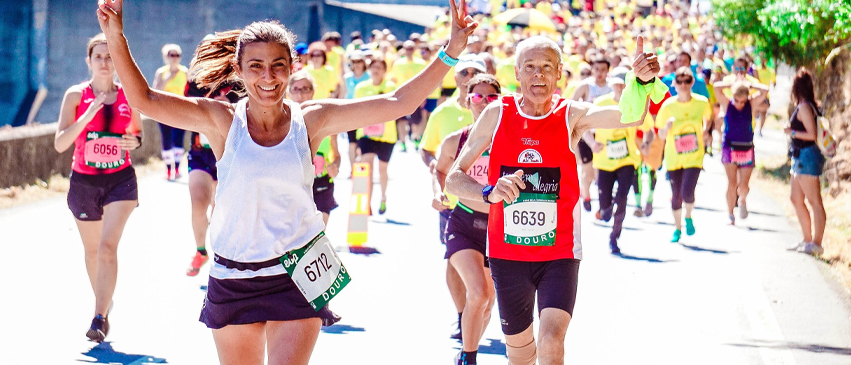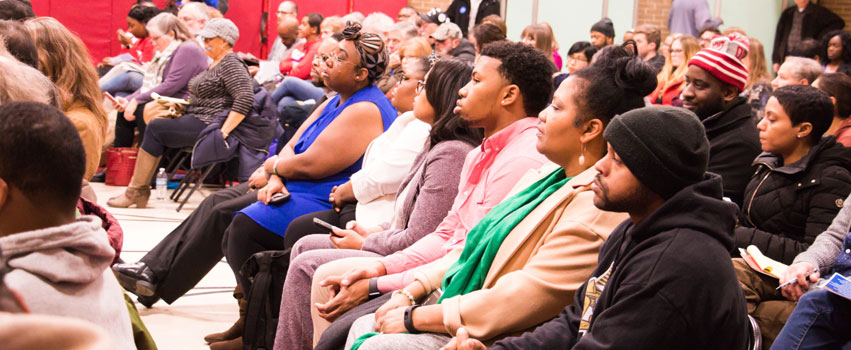Movement Is Medicine

According to multiple studies published in the Journal of Orthopaedic & Sports Physical Therapy, 10.2 percent of non-runners develop osteoarthritis in their knees or hips, compared to just 3.5 percent of recreational runners. Research reveals factors like age, obesity, genetics, knee injury history, and occupational exposure to risky movements are far more important—while supporting the broader view that a sedentary lifestyle puts one at a much higher risk of chronic pain and conditions.
“In physical therapy, we often use the phrase, ‘movement is medicine,’” says Cindy Rankin, regional director of Professional Therapy Services. “Unless someone has other underlying conditions that make running difficult or which cause wear and tear on the muscles and joints, you can rest assured that recreational running is safe on the knees and joints.”
Runners are not immune to pain and injury, Rankin adds, but these conditions are more often due to issues such as bad mechanics, muscle imbalances, improper footwear, overexertion, or not enough rest and recovery between workouts. These underlying causes can be mitigated through strength and flexibility exercises, better running mechanics, new running shoes/insoles, or a more individualized exercise regimen. ptsinc.org PM
